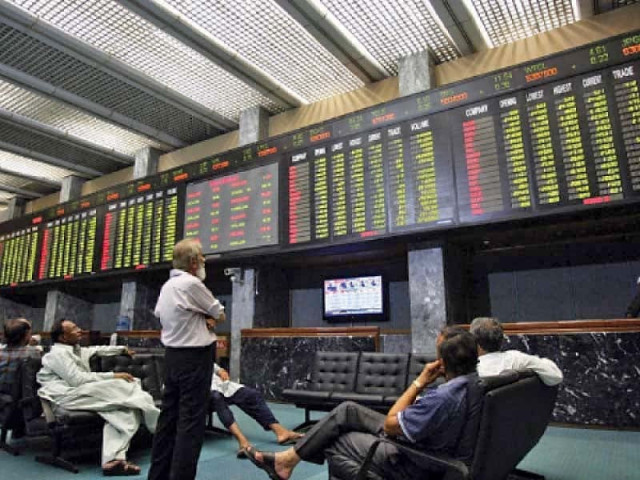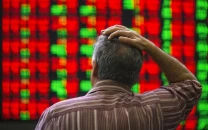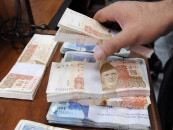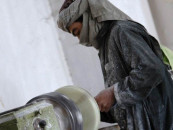A lost decade for stock market investors
After going nowhere for five years, bourse finally clears 50,000 mark with healthy volumes

If I tell you that the stock market index has just crossed 50,000, then it must not be news for you if you are still investing in the market and watching the index on a daily, if not hourly, basis.
However, I am not referring to last week, but to the year 2017 when the KSE-100 index hit the 50,000 mark for the first time, the level the bourse was struggling to clear for the past six years.
The period from 2013 to 2017 was a remarkable chapter in the history of Pakistan stock market, characterised by an enthusiastic surge in performance, primarily attributed to the initiation of the China-Pakistan Economic Corridor (CPEC).
This transformative project not only shaped Pakistan’s economic landscape but also ignited investor optimism, particularly impacting sectors crucial to CPEC.
The announcement and subsequent initiation of the CPEC project brought a wave of optimism to Pakistan’s economic horizon. A game changer in terms of infrastructure development and economic collaboration, CPEC promised many opportunities for businesses, investors, and the nation’s overall economic health.
One sector that experienced a particularly enthusiastic response from investors was the cement industry.
Cement, being a fundamental building block for infrastructure development, was poised to benefit significantly from the massive construction projects planned under CPEC. This translated into increased demand and profitability for cement companies, thereby driving up their stock prices.
Listed cement companies on the Pakistan Stock Exchange witnessed a bullish trend during this period. The rally at that time made us the candidate for an upgrade to the emerging market, which further fuelled the euphoria that pushed the index further into the uncharted territory when it hit an all-time high of 53,000.
However, the cement sector went ahead of itself by announcing a huge expansion, and the resultant price war and the later struggle for market share resulted in oversupply. Eventually, when this capacity came online, there was already a slowdown in CPEC and then the Covid-19 pandemic was the final blow that caused havoc for the highly leveraged cement sector.
Once the enthusiasm in the cement sector fizzled out, there was an agonising downward spiral till the index hit rock bottom at 27,000 level at the height of the Covid-19 pandemic, the level that the index cleared a decade ago in 2013 for the first time.
Now, after going nowhere for the past five years, the index has finally cleared the 50,000 level again last week with healthy trading volumes (405 million shares, up 7.7% on a week-on-week basis).
Investors are wondering if this is as good as it can get. Because, when we look at the horizon, there is no such game changing catalyst like CPEC, in fact, there is looming uncertainty on both local and global fronts as the investors have taken cautious stance in the last trading sessions by taking some chips off the table.
There is some feel-good factor due to the ongoing result season where improved bottom line and payouts are expected due to the absence of super tax. However, the main drivers, going forward, could be the hope that the interest rate has peaked, as indicated by the recent T-bill auction, appreciation of the rupee against USD, improvement in LSM number, which clocked in at 8.4% MoM, and 98% yearly decline in the current account deficit, which stood at $8 million vs $164 million in August 2023.
However, only time will tell if these factors are already incorporated in the recent moves or if the rally has some legs to go further.
The writer is a financial market enthusiast and is attached to Pakistan’s stocks, commodities and emerging technology
Published in The Express Tribune, October 23rd, 2023.
Like Business on Facebook, follow @TribuneBiz on Twitter to stay informed and join in the conversation.



















COMMENTS
Comments are moderated and generally will be posted if they are on-topic and not abusive.
For more information, please see our Comments FAQ